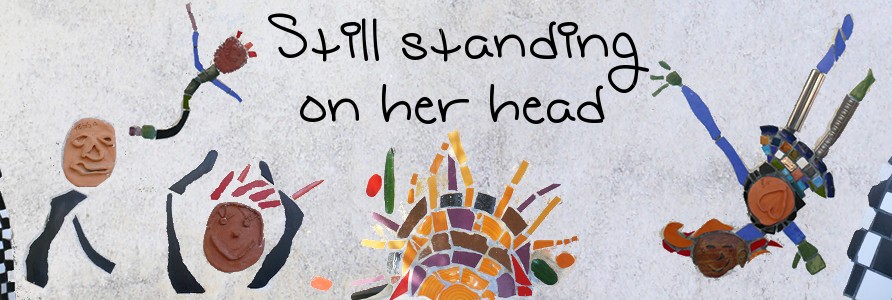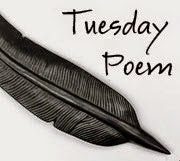The challenge that Dana set over at My Gorgeous Somewhere was to read a poetry book for each month of 2010. January's was to be a book published in the year that we were born.
Of the responses I have seen to this prompt so far, everyone is younger than me. Some of them are younger than most of my children. So it's not surprising that the poetry I have been reading, published in (I admit it!) 1951, seems less modern than that most of the other participants are reading. Actually, I was surprised at how un-modern it feels. After all, in high school we read T S Eliot (I was a big fan), and most of that was a good deal older - for instance, The Love Song of J Alfred Prufrock was published in 1915. It seems then, that the traditionalists hung on quite a bit longer.
I read a New Zealand classic, Denis Glover's Sings Harry, followed by Adrienne Rich's first book A Change of World (not in our local library, but included in her Collected Early Poems which is. Then for good measure, I started delving into another little-known New Zealand poet, Mary Stanley, whose book The Starveling Year was not published until 1953 - however as some of the poems in it were written in 1951, I thought it was close enough.
If I get round to it, I will comment on these in more detail in the next few days. All of these poets in 1951 were writing in fairly conventional forms - generally rhymed, and if not, at least in fairly equal line lengths with traditional metre. And I began to think that rhyming poetry had at that time pretty much come to the end of the line.
These days, I love to find a well-crafted modern rhymed poem. I see no reason to think that rhymed poetry is dead. But my overwhelming sense from reading rhymed poetry 1951 style is that freer verse forms didn't come a moment too soon. I think that the more conversational forms of free verse have actually revitalised rhyming poetry. The rhymed poems that I love now sound quite different to these mid-century versions - much less stiff and formal. There are poets now who seem to combine the best of both worlds - the heightened sense of structure and rhythm that well-placed rhyme gives, and the sense of flow that arises from the less strait-jacketed free verse forms. Or - since I've hardly made an exhaustive study - maybe I'm just talking through my hat.
Thursday, January 28, 2010
Subscribe to:
Post Comments (Atom)



1 comment:
Nice response to the work you read. I hope you do write more. Are you ready for February?
Post a Comment